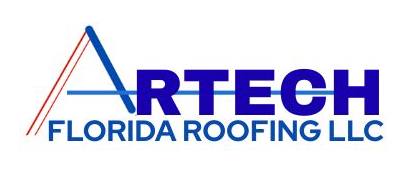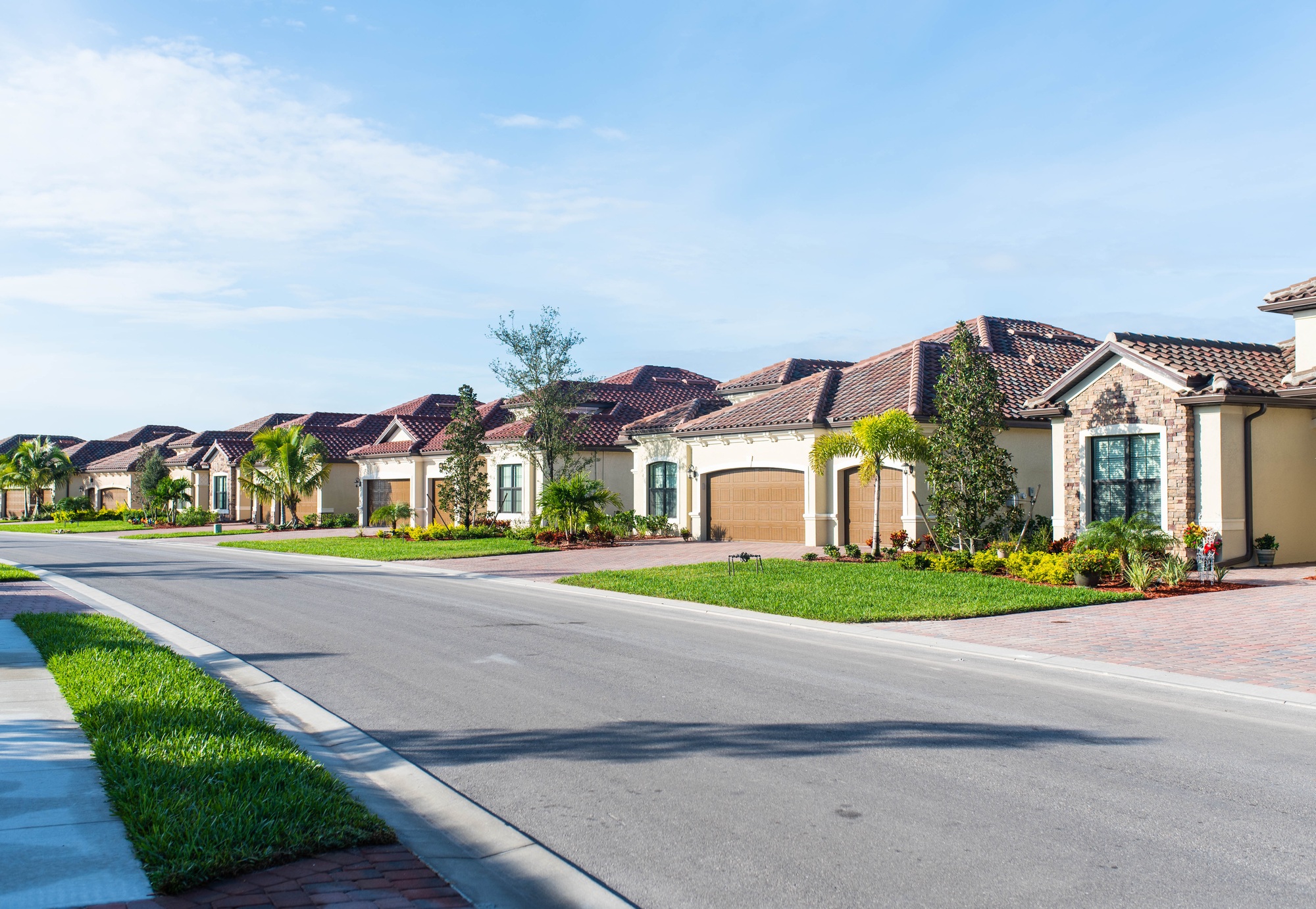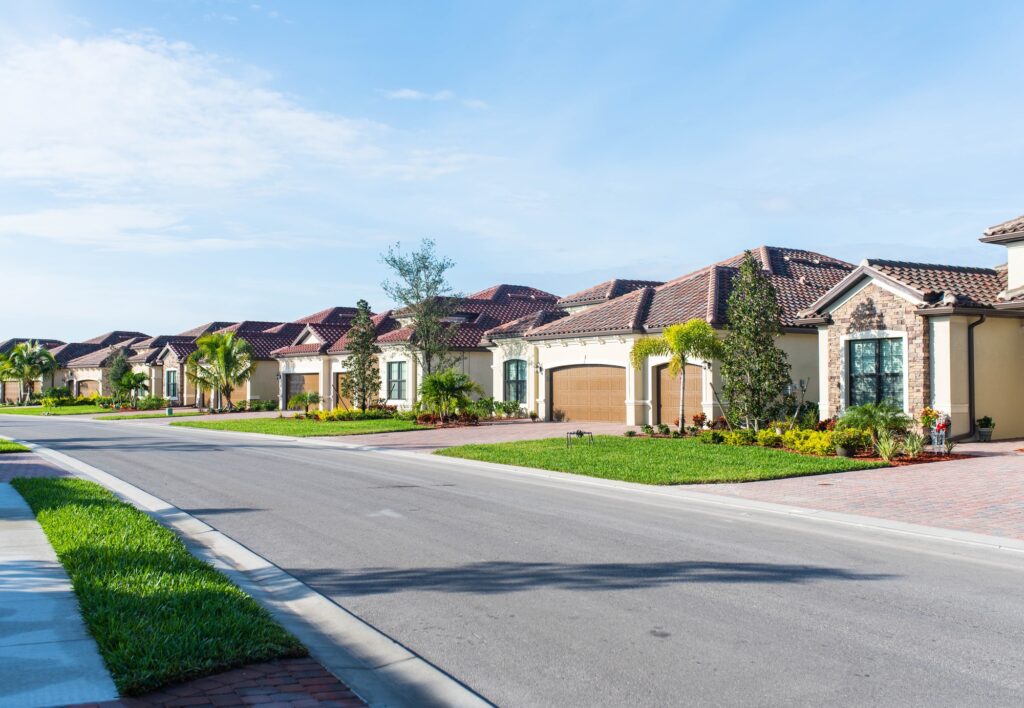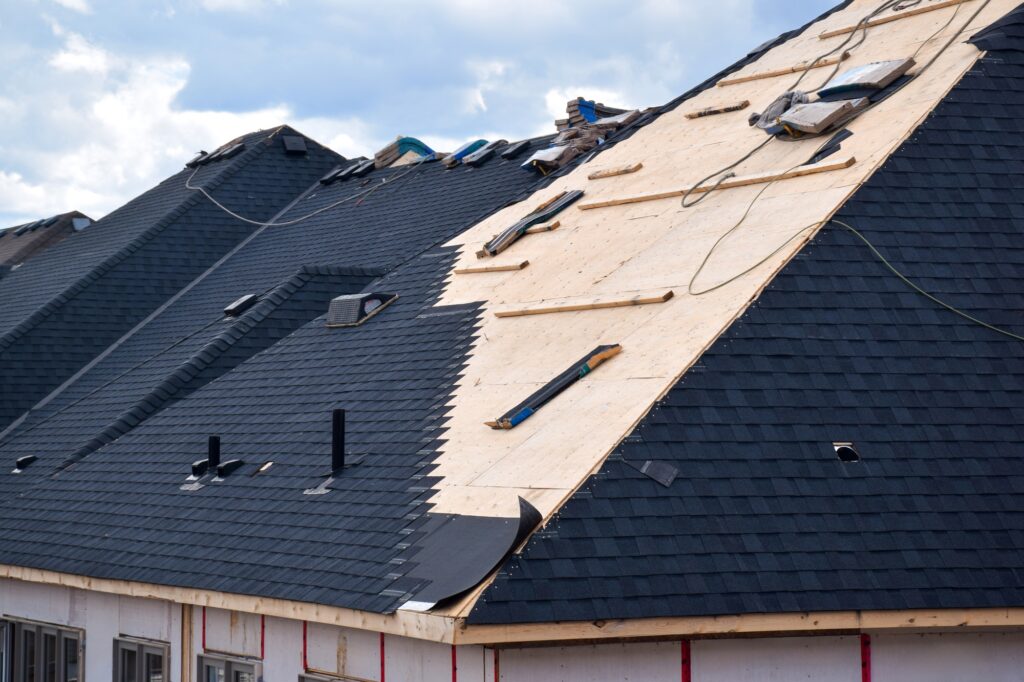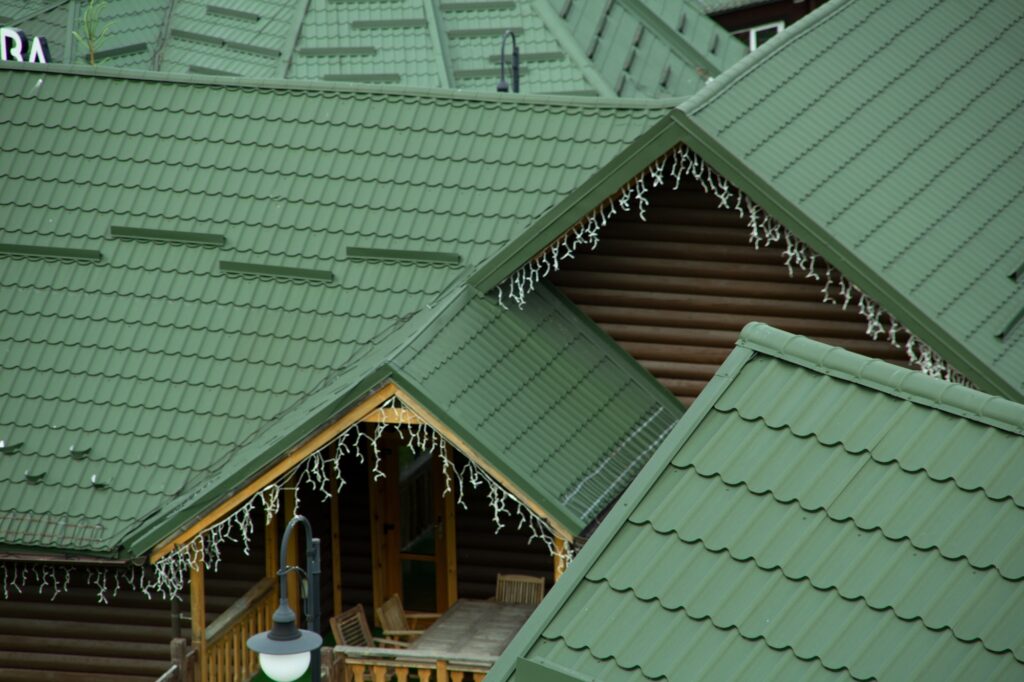Building a Roof in South Florida: Navigating Permits, Products, and Inspections Like a Pro
Constructing a roof in South Florida isn’t just about nailing shingles—it’s a detailed process shaped by local regulations, intense weather demands, and a strong focus on public safety. Whether you’re a homeowner or contractor, understanding what’s involved can save time, money, and headaches.
🏗️ Step 1: Permitting—Getting the Green Light
South Florida jurisdictions (like Miami-Dade, Broward, and Palm Beach counties) require roofing permits for almost all types of work, including:
- New roof installations
- Re-roofs or tear-offs
- Repairs exceeding a certain dollar amount or area
To secure a permit:
- Submit architectural drawings or roofing plans
- Provide a site address and contractor credentials
- Pay applicable permit fees
- Ensure your contractor is licensed and insured
Special note: Hurricane zones like South Florida often require additional wind uplift calculations and product approvals, so hiring a contractor familiar with local codes is essential.
🧾 Step 2: Product Approval—Florida Building Code Compliance
South Florida counties demand that all roofing materials meet strict standards due to the risk of hurricanes, torrential rains, and extreme heat.
You’ll need:
- Miami-Dade or Florida Product Approval Numbers: These prove that products like underlayment, shingles, fasteners, and adhesives meet structural and wind-load requirements.
- NOA (Notice of Acceptance): A certificate issued by Miami-Dade that verifies material approval for high-velocity hurricane zones.
Popular approved products include:
- Modified Bitumen membranes
- Hurricane-rated architectural shingles
- Metal roofing systems with uplift resistance
🔍 Step 3: Inspections—Every Nail Matters
Your roof won’t be signed off until it passes mandatory inspections throughout the project:
- Initial (Dry-In) Inspection – Verifies proper underlayment and flashing before shingles or tiles are laid.
- Final Inspection – Ensures completed work meets code, manufacturer specs, and matches submitted permit plans.
Inspectors will check:
- Proper slope and drainage
- Fastening patterns and nail spacing
- Flashing installation at roof penetrations
- Compliance with approved materials
🌴 Bonus Tip: South Florida Weather Readiness
South Florida’s high humidity, salty air, and hurricane risk mean roofing choices must factor in longevity, resilience, and energy efficiency. It’s wise to consider:
- Cool roofs with reflective coatings
- Impact-resistant tiles or shingles
- Extended warranties and proactive maintenance plans
✅ In short: A successful South Florida roofing project means navigating a maze of permits, selecting hurricane-hardened materials, and acing inspections. But with the right team and attention to detail, your roof can be both beautiful and built to weather the storm—literally.
